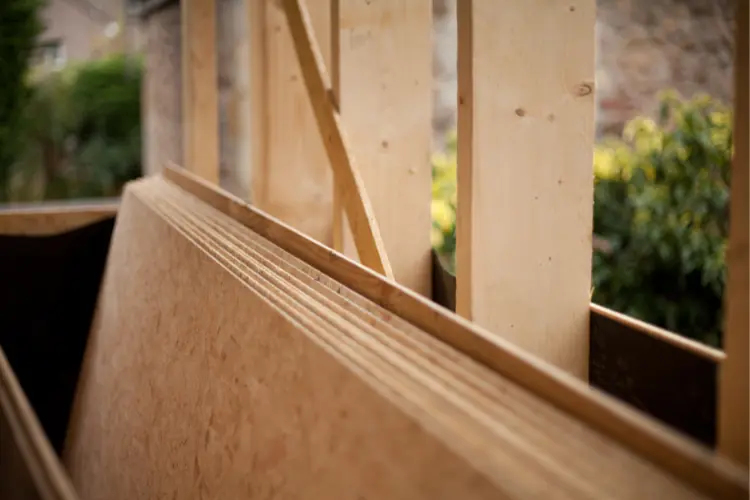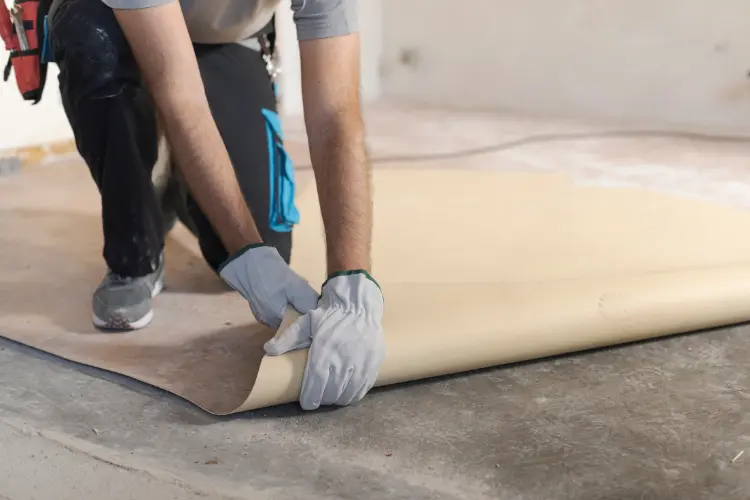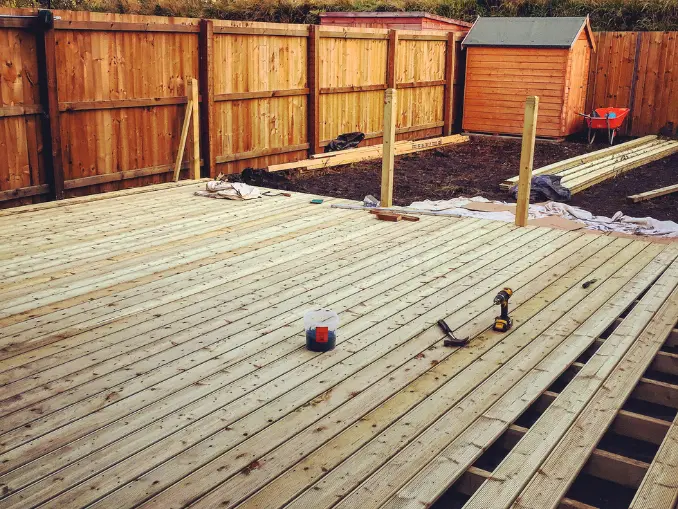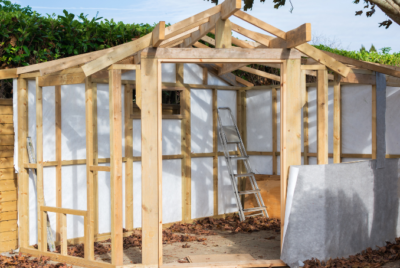8 Best Shed Flooring Ideas for Durability and Style
When it comes to outfitting your shed, the floor is more than just a surface to walk on—it’s a foundation that influences the durability, functionality, and aesthetic appeal of your space. Whether you’re storing garden tools, creating a workshop, or carving out a cozy retreat, the right flooring can elevate your shed from a mere storage space to a stylish and practical extension of your home. Here are eight best flooring for a shed that combine durability with style, ensuring your shed meets your needs and reflects your taste.
Table of Contents

1. Concrete Shed Slab
If you need a floor that can take a beating, a concrete slab is your go-to. It’s perfect for heavy-duty spots like workshops or garages since it can handle all your heavy gear. Plus, it keeps out moisture, pests, and rot. The downside? It’s pretty cold and hard, so you might want to throw down some rugs for a bit of warmth and cushion.

2. Plywood
Plywood is a great all-rounder: affordable, easy to put down, and you can paint or seal it to keep out the damp. It fits all sorts of sheds, from storage spaces to workshops. Just remember, it needs a bit of care to keep it from getting damaged by moisture or bugs.

3. Laminate
For a shed that doubles as a hobby space or office, laminate flooring is a stylish and durable pick. It comes in designs that look like wood, stone, or tile and is a breeze to keep clean. Installation is straightforward, but make sure your shed is insulated to protect the laminate from cold and damp.
4. Horse Stall Mats
Think of horse stall mats as the heavy-duty version of rubber mats. They’re tough, great at soaking up noise, and perfect for sheds with a lot of action. They’re a bit of an investment upfront but pay off with their long life and low upkeep. Plus, they’re awesome for workshops or gyms in your shed.
5. Linoleum
Linoleum is the eco-friendly choice that’s still tough enough for shed life. It fights off water, so it’s great for garden sheds or any damp-prone area. You can pick from lots of colors and patterns to make the space yours, and it’s comfy underfoot, adding a cozy vibe.

6. Wood Plank Floor
For that classic shed look, you can’t beat wood plank flooring. It’s pretty straightforward to install and gives your shed a warm, welcoming feel. You’ll need to keep up with maintenance to stop moisture damage, but it’s worth it for that traditional style.
Read also: Choosing Durability and Style: Wood and Metal Shed Showdown
7. Rubber Mats
Rubber mats are the workhorses of shed flooring. They’re built to last, easy to clean, and cushion everything you store on them. They’re a bit pricier at first, but their durability and low maintenance make them a smart choice, especially for sheds that use a lot.
8. Vinyl Shed Peel & Stick Tiles
For a quick and easy floor makeover, check out vinyl peel-and-stick tiles. They come in many styles and stick right on, making them perfect for a DIY project. They’re water-resistant and simple to clean, though they might not be as tough as other options. Still, for lighter-use sheds, they’re a great pick.

Protective Options for Your Shed Floor
Protecting your shed floor is crucial to ensure it withstands the test of time, weather conditions, and daily use. Here are some effective protective options you can consider to keep your shed floor in top condition:
Epoxy
If you have a concrete shed floor, applying an epoxy coating is one of the best protections you can offer. Epoxy is a strong, resin-based coating that guards against stains, moisture, and cracks, while also giving your floor a smooth, glossy look that can brighten the space. It’s particularly useful if you’re dealing with chemicals, as it’s resistant to spills.
To apply epoxy, you must thoroughly clean and possibly etch your concrete floor for the best adherence. Although it requires some effort upfront, epoxy’s durable protection is often well worth it.
Paint
For a more straightforward and cost-effective option, painting your shed floor can significantly boost its protection. There are special floor paints designed to resist the usual wear and tear, as well as moisture and mildew, making them a good fit for both wooden and concrete floors.
Painting also lets you add a personal touch of color to your shed, making it feel more welcoming. While paint might not be as tough as epoxy, choosing a high-quality floor paint can still offer ample protection and is easy to touch up as needed.
Sealants
Using a sealant is an excellent way to protect wooden shed floors. A good sealant will soak into the wood, creating a barrier from the inside out against moisture and pests. This helps prevent rot, decay, and bug invasions, prolonging your floor’s lifespan. Sealants are available in various finishes, so you can pick the look that best matches your shed’s style. Remember, you’ll need to reapply the sealant periodically to keep your floor protected over time.
Carpets
Laying down carpets or carpet tiles can add a protective layer to your shed floor while making it more comfortable to walk on. This is especially useful if you use your shed as an office, gym, or for hobbies where you spend a lot of time on your feet.
Carpets help insulate the floor, keeping it warmer in cooler months, and can also help reduce noise. Choose outdoor or industrial-grade carpets that are designed to handle moisture and wear for the best results. Keep in mind, carpets may need more upkeep to stay clean and dry, especially if your shed is prone to dampness.
Factors to Consider When Picking Flooring for a Shed
- Purpose of the Shed: The intended use (storage, workshop, home office, gym) dictates the flooring type needed.
- Climate and Exposure to Elements: Opt for moisture and mold-resistant flooring in damp or humid climates.
- Durability and Maintenance: Consider how much maintenance you’re willing to perform; some materials require more upkeep.
- Installation: Decide if you’ll DIY or need professional installation; some options are easier to install than others.
- Budget: Factor in both initial costs and long-term maintenance or replacement expenses.
- Aesthetics: Choose a flooring that complements the look and feel you want for your shed.
- Weight Capacity: Ensure the flooring can support the weight of items or equipment you plan to store.
Read also: Step-by-Step Guide to Building Your Own Lean-to-Tool Shed
Choose The Best Flooring for a Shed
Your shed’s flooring should stand up to the demands of your activities and reflect your style. By choosing from these eight durable and stylish flooring for a shed, you can create a shed that’s functional and a visually appealing extension of your living space. Whether you lean towards the industrial chic of polished concrete, the natural charm of wood planks, or the practical beauty of vinyl tiles, the right flooring can transform your shed into a place you enjoy spending time in, no matter what you use it for.
If you are planning to build your own shed, you can check our different shed plans here.





